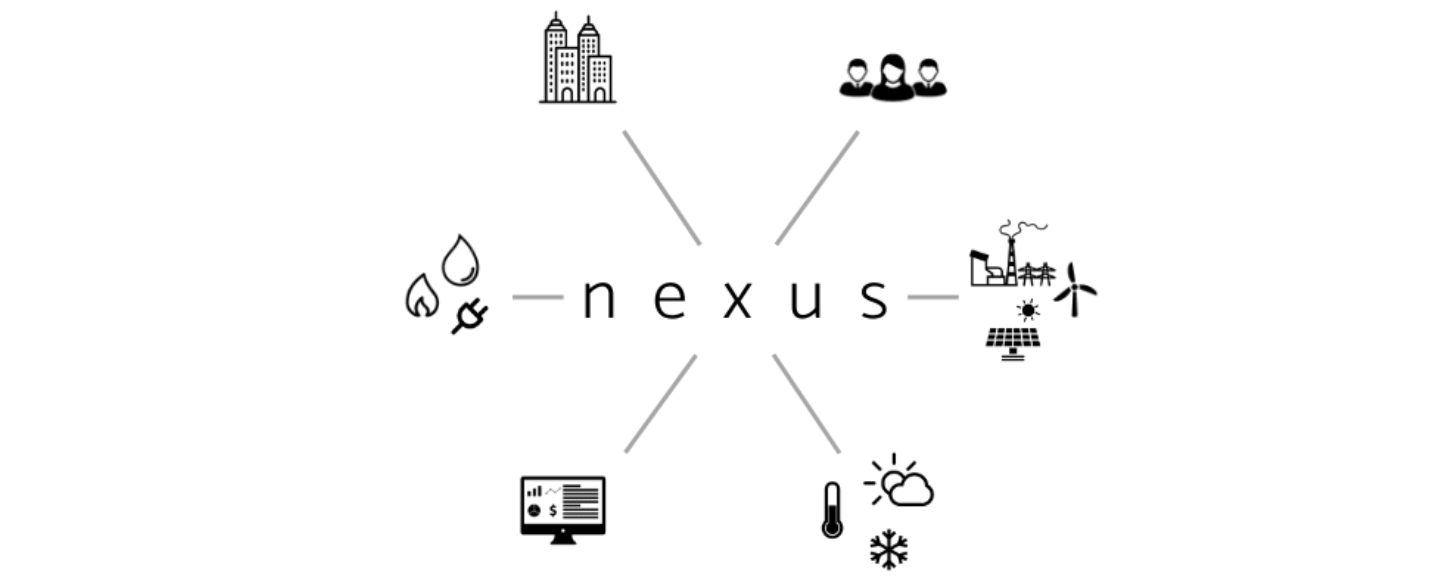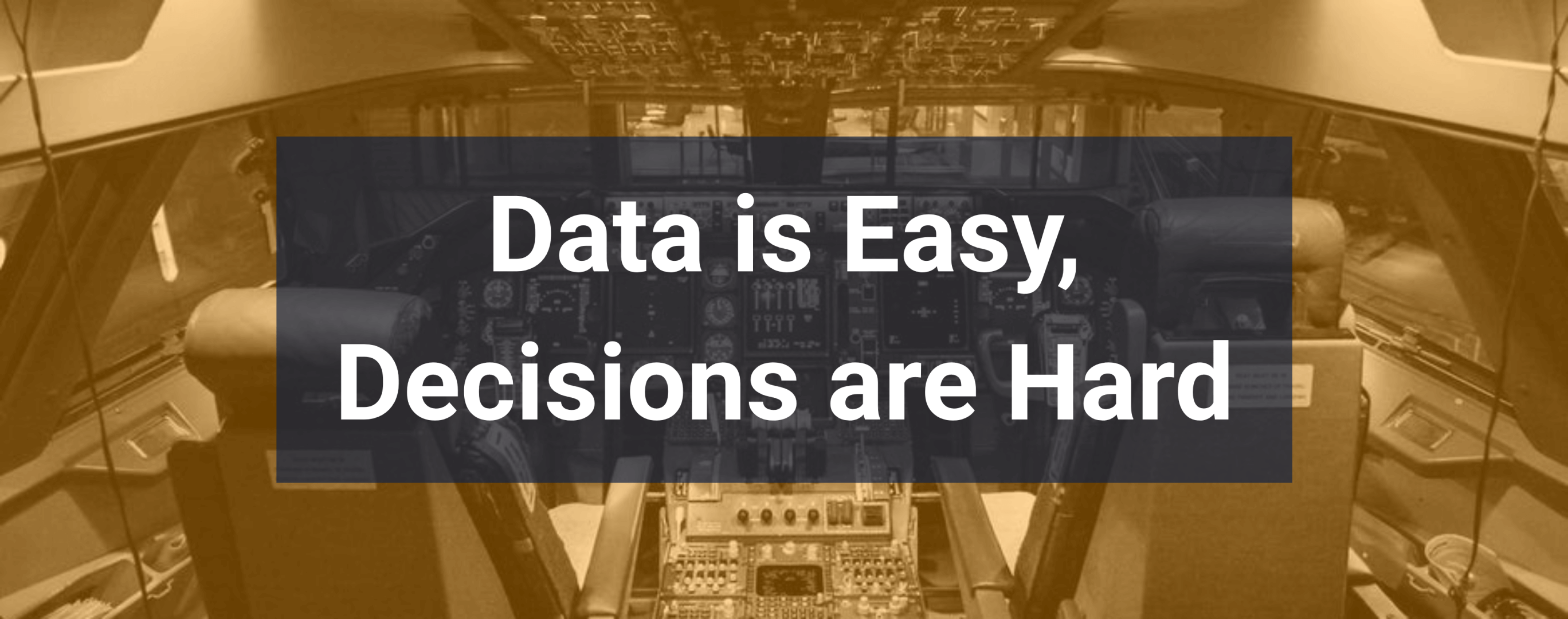The latest on PointGuard in the news.
James Dice, a leading voice in energy efficiency and technology for the built environment, recently got a primer on the PointGuard approach to CapEx Analytics. Read James Dice's blog Nexus here and read the full article on PointGuard below!
PointGuard’s unique approach to O&M and CapEx analytics — this recent webinar from PointGuard features a unique approach to operations & maintenance (O&M) analytics that’s worth your time. I watched the webinar and caught up with the PointGuard team for a quick demo and Q&A.
First, a quick intro to PointGuard:
- A spinoff of Abundant Power launched last year, they’re an analytics software and, if needed, managed-service provider
- Their analytics stack uses SkySpark as a backbone and their own frontend user interface software to provide additional O&M-focused capabilities (workflow management, CMMS integration, reporting, etc)
- Their approach is focused on providing a “flashlight for RCx/MBCx measures” and a 5-step process for MBCx, similar to the one I outlined in a recent blog post:
- Detecting faults
- Determining the actions needed
- Managing them with built-in work order management or API work order pushes
- Verifying the actions worked
- Preventing the issue from happening again
I love this approach—these guys really get MBCx. But I want to key in on something else: the creative way PointGuard is using data to make things easier for the O&M staff using three KPIs:
- Comfort score (1-100)—how well the system meets temperature and humidity setpoints
- Asset Health (1-100)—how well the system performs according to a rollup of 68 fault detection algorithms
- Failure Risk (1-10)—how likely the equipment is to fail, according to the comfort score, asset health, and age (compared to its useful life according to ASHRAE). This KPI is also applied to individual mechanical components, allowing an update to the risk rank if, for instance, a chiller’s compressor is replaced.
These KPIs will help promote smarter O&M decisions, such as:
- Choosing to replace equipment based on performance data in addition to the old method: age, maintenance history, and visual inspection. In other words, based on the data, which pieces of equipment don’t need to be replaced?
- Building short-term and long-term CapEx budgets using trends in the above KPIs
- Deciding whether to renew HVAC service contracts. In other words, how well did the contractor improve these KPIs?
I could see this progressing to where PointGuard can predict equipment and component failures using machine learning.












